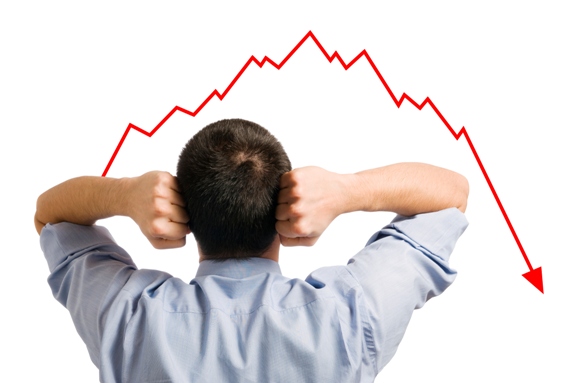U.S. stocks may plunge in the second half of the year “like in 1987” if the Standard & Poor's 500 Index climbs without further stimulus from the Federal Reserve
U.S. stocks may plunge in the second half of the year “like in 1987” if the Standard & Poor's 500 Index climbs without further stimulus from the Federal Reserve, said Marc Faber, the publisher of the Gloom, Boom & Doom report.
“I think the market will have difficulties to move up strongly unless we have a massive QE3,” Faber told Betty Liu on Bloomberg Television's “In the Loop” from Zurich today, referring to a third round of large-scale asset purchases by the Federal Reserve. “If it moves and makes a high above 1,422, the second half of the year could witness a crash, like in 1987.”
The Dow Jones Industrial Average plunged 23 percent on Oct. 19, 1987 in the biggest crash since 1914, triggering sharp losses in stock-market values around the world. The Standard & Poor's 500 Index plummeted 20 percent.
“If the market makes a new high, it will be a new high with very few stocks pushing up and the majority of stocks having already rolled over,” Faber said. “The earnings outlook is not particularly good because most economies in the world are slowing down.”
Faber said a third round of quantitative easing would “definitely occur” if the S&P 500 dropped another 100 to 150 points. If it bounces back to 1,400, he said, the Fed will probably wait to see how the economy develops.
The S&P 500 rose 0.4 percent to 1,360.59 at 10:36 a.m. in New York as U.S. initial jobless claims fell last week to a one- month low. The gauge has dropped 4.1 percent from a four-year high on April 2 after some economic reports missed forecasts.
Equity Gains
Faber had said in an interview with Bloomberg Television on March 9, 2009, that it was “very difficult to see a scenario where you wouldn't make any money” owning stocks over the following 10 years, while also warning the S&P 500 might lose 26 percent before the bear market ended.
The benchmark gauge for American equities began its biggest advance in five decades that day, climbing from 676.53 to 1,295.02 on Jan. 18, 2011.
In March 2007, he had said the S&P 500 was more likely to fall than rise because the threats of faster inflation and slower growth persisted. The S&P 500 then climbed 10 percent to a record 1,565.15 seven months later, and ended the year up 3.5 percent.
--Bloomberg News--







